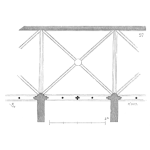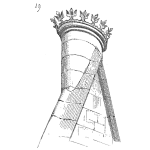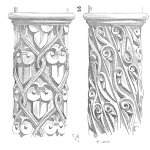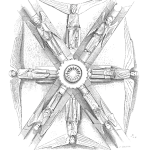
Part 1 of this article is here. And it covered Tips# 1 to 3.
AI projects are R&D initiatives and not simply IT projects. Organizations miss the mark in realizing value from AI as they undertake AI projects just like their network update, or systems infrastructure upgrade.
[Read more…]







